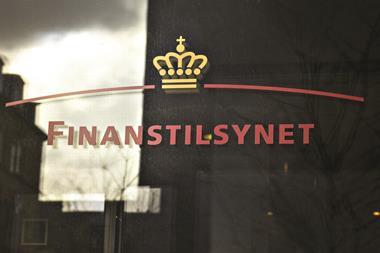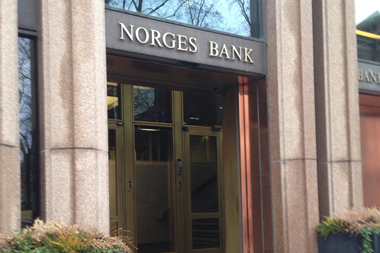NETHERLANDS - A number of Dutch pension schemes with very low coverage ratios have said they will consider alternative options before cutting pension rights and benefits.
The news comes after social affairs minister Piet Hein Donner said more than a dozen Dutch schemes must start cutting rights and benefits from 1 January 2011, as their shortfalls had grown too large.
The schemes of animal feedstock producer Nutreco, the public pharmacists, PNO Media and the notaries, which all have very low ratios, said they would all weigh their options before implementing rights cuts.
The €1bn occupational pension fund for public pharmacists (SPOA) had a funding ratio of 83% at the end of June, a decrease of almost 7 percentage points since the end of last year.
Based on the coverage ratio of 89.9%, the scheme's board had already announced there was a real possibility of a rights cut at the end of 2012.
The funding of the pharmacists scheme, which had to make an additional provision of 4.2% for increased longevity, has also been affected by an unconditional indexation of as much as 3%.
The €250m pension fund of Nutreco, with a coverage ratio of 85% at the end of June, is also in trouble.
Scheme officials said a 2% rights cut for all participants, even after an improvement in line with its recovery plan, was inevitable.
Moreover, under this scenario, the active participants are also facing a one-off accrual cut of 40% in 2012.
According to Harrie Penders, the fund's chairman, the employer has not yet responded to the request to make two loans interest-free, which would increase the scheme's coverage ratio by 2 percentage points.
But he also indicated that a rights cut was not a foregone conclusion.
"Neither have we been informed by the DNB about a rights cut," Penders said.
"Our employer could even waive its loans - we could adjust our investment policy, or we could raise our contributions."
According to Penders, the recovery of his scheme is in line with the mapped out route at the moment.
"Therefore, the minister's decision is premature," he said.
With a coverage ratio of 91.3%, the occupational scheme for notaries is also in an uncomfortable position, but it has not been contacted by the DNB either, according to director Max Muntinga.
"We will look for the alternative options first to avoid a rights cut," he said.
Following its recovery plan, the €945m notaries scheme said it was expecting a cut of as much as 8.4% within five years.
The funding of PNO Media was 93.5% at July-end, which is in accordance with its recovery plan, the €3bn media scheme said, adding that this means the possibility of reaching the required minimum coverage of 105% at the end of 2013 was "50%".
Both large metal schemes PME and PMT seem to escape any forced rights cuts, with coverage ratios of 95% and 94%, respectively, at the end of last month.
Annemieke Biesheuvel, spokeswoman for PMT, said: "Our recovery plan aims for 91.9% at the end of 2010, and because we don't grant indexation and raise our contributions, a discount is not applicable to us."
Meanwhile, the funding ratio of the €220bn civil service scheme ABP was 98% at the end of July.
According to Jos van Dijk, its spokeswoman, the pension fund is on course to recovery, partly due to a temporary premium rise of 1%.
The €90bn healthcare scheme PFZW saw its funding rise to 103% in July.
Last month, the destitute pension fund of copier manufacturer Océ narrowly avoided a looming rights cut, due to the employer's decision to plug the gap fully with an additional contribution.
The scheme has a coverage ratio of 86.1%.












No comments yet